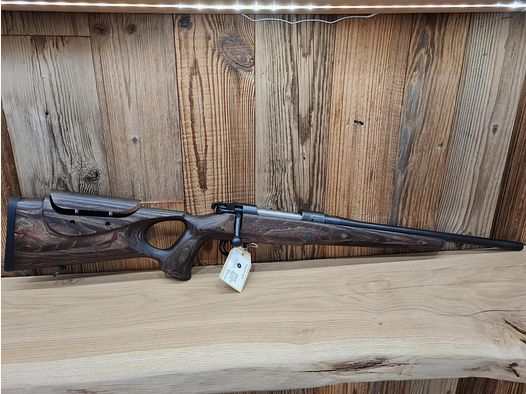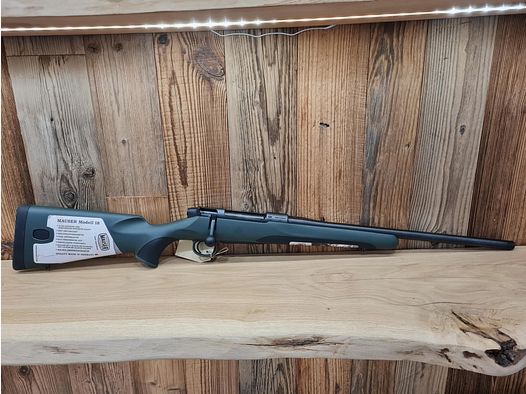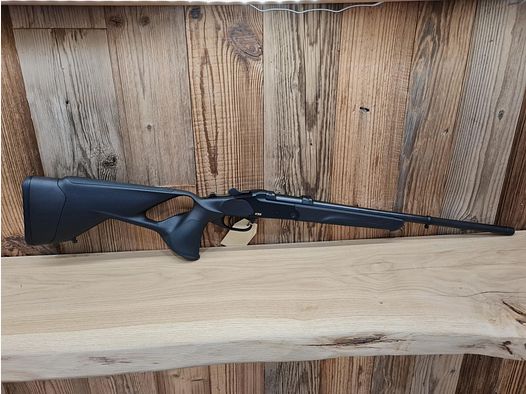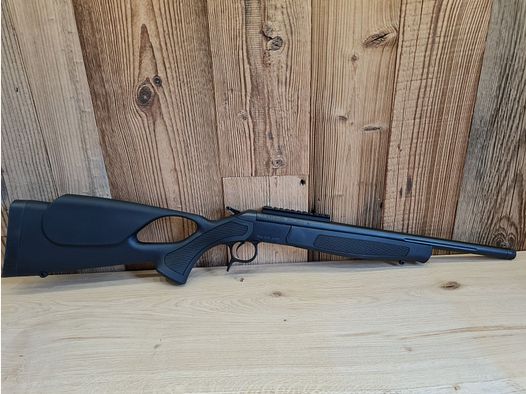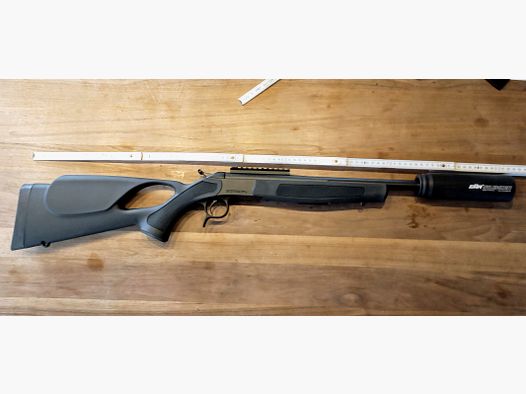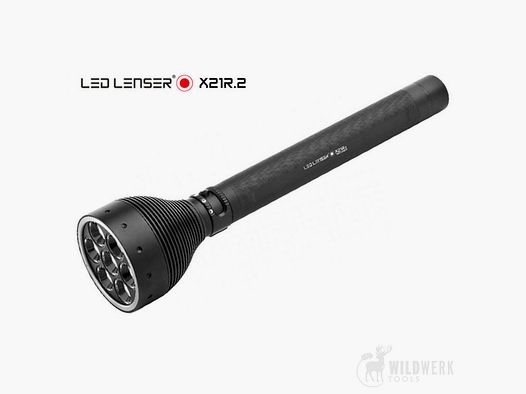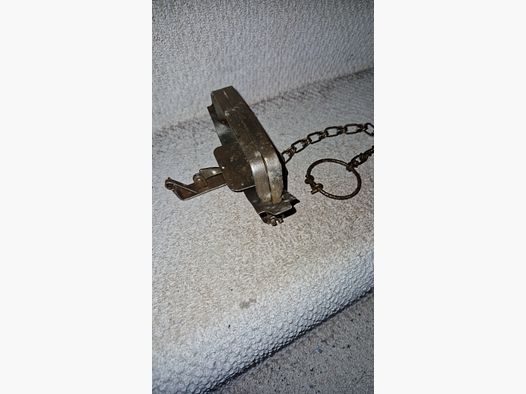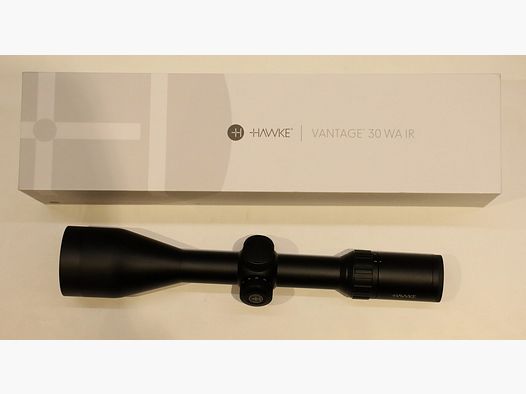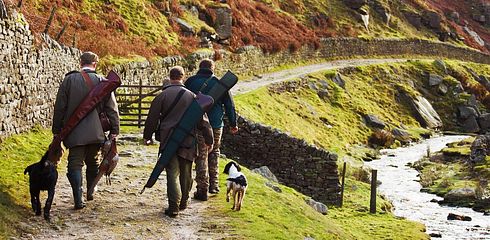For many of us, the hunting season for roe deer and bucks has already begun in April. In the forest, it has the advantage that the vegetation is still low and the roe deer can be encountered at any time of the day.
A clear distinction between doe and roe deer becomes increasingly difficult throughout the year, and a misfire would be a disaster for the orphaned fawns. Only those who can clearly identify doe and roe deer in May based on various characteristics, such as a plump belly or sunken flanks, should take the opportunity to hunt female roe deer now.

Experience and a secure identification are important prerequisites. Nevertheless, it holds true: those who start early in the year can finish early to give the roe deer the much-needed rest in winter. Especially now in spring, roe deer can be observed very frequently as they are now being driven away by the does.
Those who have waited until now to shoot a buck should now take their chances. The priority is to first target the weak yearling bucks. It is also possible to let a buck grow old in the forest, but it is quite different near roads. Here, we hunt every buck regardless of its development. Every roe deer that falls victim to traffic is one too many.
However, the hunters among us who have mowing areas in their territory now have much more work. The support of fellow hunters in fawn searching has the highest priority in May. With the help of drones, dogs, and scarecrows, we try to minimize mowing losses. It not only spares our fawns a miserable death, but it also protects the harvest from contamination. Furthermore, it allows us to intensify our work with farmers and document our efforts in public. Found nests are, of course, also protected or the eggs are taken for the incubator. Some hedgehogs and young hares only survive thanks to our fawn searches.
Everywhere that red deer leave their tracks, the herds of ungulates dissolve. The pregnant older animals are now looking for quiet resting places to give birth to their calves at the end of the month.
It is no coincidence that I have the chance to encounter a yearling during the early morning sit for roe deer. Many still young and inexperienced wild boars linger around even in the best rifle light, having been separated from the sow. Caution is advised with individual female sows. Often, the piglets are hidden in the cover. Those who are unsure whether the one they are addressing is leading should keep the bullet in the chamber.

They have become rare: however, those who have partridges in their territory can hope for many eggs. 10 to 20 eggs are laid by the hen around the middle of the month and once all are there, they are incubated for about 25 days. Hopefully, the predator hunting was intense enough to provide the nestlings with at least a small chance of survival.




